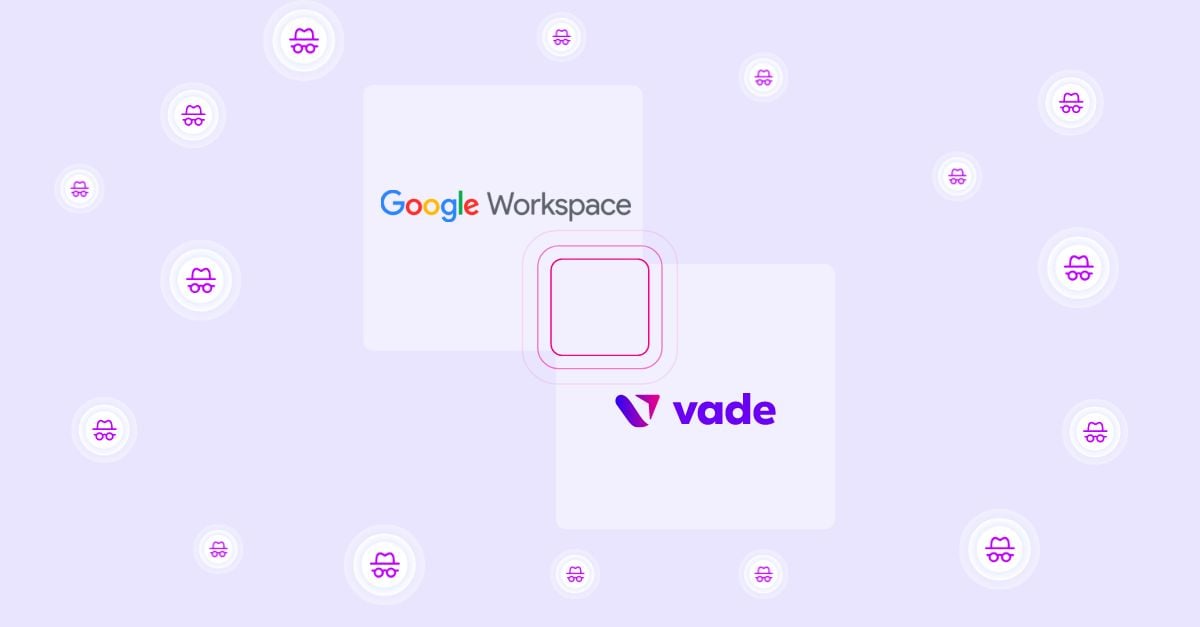How to Stand Out as an MSP Cybersecurity Leader
Adrien Gendre
—April 14, 2022
—5 min read

Security has become the key focus of the IT channel in recent years. Increasing cyberattacks and looming security regulations have made cybersecurity hard for an MSP to ignore.
Truth be told, security has long been the domain of the managed services provider (MSP), even though it may have historically been less discussed than topics like digital transformation and cloud migration. The safety of the client’s data has always been the responsibility of the IT provider, but now that MSPs themselves are being targeted by bad actors, both client and internal security are subjects of intense scrutiny.
This leads to a question of MSP growth and sustainability: If cybersecurity is so important, how do I establish myself as a security-conscious MSP that can better acquire and secure new clients?
This is an important question for an organization like an outsourced IT provider that lives or dies on new MRR. Yes, you can (and will) lose clients because of a data breach, but the time has come where an MSP can lose business simply because they don’t look secure enough.
In this article:
Why should a managed services provider focus on cybersecurity?
How to prove you’re a secure MSP
Educating clients about modern cybersecurity threats
Offering the right security tools at the right time
Cybersecurity is every IT provider’s responsibility
We are clearly in the midst of a global cybercrime epidemic, and MSPs are the first line when it comes to protecting the public. While MSPs are responsible for protecting many government entities, they’re especially accountable to the small- and medium-sized businesses (SMBs) they’re contracted to service.
Such small business clients look to their MSP for answers when it comes to anything network or computer related. This includes, at least in the eyes of the end user, their data security. If an MSP can’t fill this security gap, the client will find one that will.
MSP cybersecurity concerns are decidedly unique in many ways. Because most MSPs service small businesses with smaller budgets, they can’t rely on the same resources and technologies that are available to a large enterprise. MSPs must be smart and selective, choosing optimal security solutions that match clients’ needs, maintaining sharp awareness of the threat landscape, and making the most of limited resources. Sometimes this means working with “consumer-level” products that are less than ideal for securing a business.
To make things even more challenging, regulatory compliance requirements are increasing across industries, including IT. New and changing regulations leave many organizations struggling just to keep up with the demands of compliance.
These changes are coming because of high-profile security breaches at some of the largest organizations in the world. Massive data leaks and shutdowns have forced the government’s hand, and industry regulators have stepped up requirements for more robust security controls. This often creates its own set of issues because—as most MSPs know— compliance doesn’t necessarily mean security.
What this all boils down to is a series of important reasons why every MSP needs to take cybersecurity seriously. First, they have a responsibility to their clients. Second, they need to maintain the highest level of security as a means of self-preservation, as MSPs who develop a reputation for poor cyber defense will not last. Finally, the need to avoid regulatory fines from lack of compliance is merely the icing on the cake.
How to discuss modern cybersecurity with end-user clients
Every MSP faces the challenge of explaining cybersecurity in a way that both clarifies the challenges and justifies the costs. This can be an uphill battle in situations where clients maintain the “I’m too small to be targeted” mindset.
It’s helpful to first explain the opportunistic nature of cybercrime. While major enterprises and strategic targets like power plants are deliberately targeted, the average SMB is infinitely more likely to fall prey to widespread, indiscriminate attacks.
Cybercriminals see small businesses as ideal targets because they are largely unprotected and easy to target with automated attacks that probably would be less likely to work against a larger company. This is the reasoning behind the widespread use of phishing emails and ransomware. Their success rate against small organizations combined with the ease of executing attacks makes them very profitable.
The good news is that such automated attacks are easier to avoid, catch, or recover from than those launched by sophisticated threat actors—if the right cybersecurity measures are in place.
The right IT security tools for your clients
The idea that the correct cybersecurity methods need to be used to protect an SMB opens the door for a lot of debate. What are the right security tools for the average MSP client?
There’s no easy answer to that question, but there are some common-sense guidelines emerging based on current research. While there are marked differences between each client, the security needs of most small organizations have a lot of overlap.
The modern threat environment demands certain security controls across the board—regular patch management, email protection, ransomware defense, security awareness training, and endpoint security are all essential defenses against the kind of threats SMBs face.
Endpoint protection
Endpoints generally include any device on a network, including PCs, mobile devices, printers, and IoT devices. Endpoint security is a broad term involving the use of specialized software to protect these endpoints on a network or in the cloud. There was a time when endpoint security largely meant simple antivirus software, but the challenge of protecting endpoints has grown increasingly complex. Sophisticated threats have placed a greater demand on the capabilities of endpoint protection solutions.
Endpoint protection systems are now designed to detect, analyze, block, and contain a variety of cyberattacks. They must work quickly enough to mitigate or prevent damage while giving sufficient insight into the attack to mount a response. Because of the complex nature of endpoint protection, there’s a need for multiple solutions to work together as part of the overall stack. (Several of the following measures also qualify as means of endpoint protection).
Patch management
Patch management is an essential part of IT maintenance and security. Because developers regularly issue update patches to correct errors and security vulnerabilities in their software, hackers are able to find easy entry points through discovered gaps that are not quickly patched.
Patch management has become a key component in cybersecurity due to the opportunities created by out-of-date software. Automated patch management software simplifies the entire process, making it easy for MSPs to secure vulnerabilities, keep an IT environment running smoothly, minimize downtime, improve quality of life (QoL), and ensure regulatory compliance.
Training
Security awareness training has proven useful in reducing the risk of phishing attacks by making everyone in an organization aware of threats and teaching them how to avoid and report potentially malicious emails. It’s important to note that training never reduces that risk to zero, as social engineering attacks are becoming more and more convincing. MSPs must also account for the simple fact of human error, and that people will make mistakes even if trained in awareness.
Ransomware defense
Ransomware protection measures must be layered on top of training to protect the organization from the inevitable human error element. Ransomware defense solutions usually incorporate filters that identify and protect end users from malicious code. Advanced solutions like Vade use predictive technology to identify threats that aren’t currently recorded in threat databases, further improving their defensive capabilities. Ransomware protection is usually layered with—or in the case of Vade, incorporated into—an email security tool.
Email security
Email security can incorporate any number of protective measures, from anti-phishing tools to spam filters to threat intelligence. The primary purpose of email security is to prevent spam/malicious emails from reaching end users in the first place. These tools will also help with alerting and notification and can block suspicious code to prevent the spread of malware.
The process of building a security stack is largely a matter of finding solutions that are easy to use and that can serve multiple roles within the layered defense. Vade provides such a solution by integrating several essential tools into one easy-to-use product. Vade for M365 enables MSPs to defend small business clients against the most likely threats through anti-phishing, anti-spear phishing, anti-malware, threat intelligence, and incident response tools.
Conclusion
MSPs have a responsibility to their clients when it comes to security. Before the first document is signed and remote agent installed, they also have a responsibility to demonstrate their commitment to cyber defense. By establishing your MSP as a leader in cybersecurity, you will be in an advantageous position to acquire new business and put your clients at ease.
Creating this peace of mind is as much about clear communication and robust internal processes as it is about having the right tools. That said, choosing the best IT security tools is always a factor. MSPs who choose multiuse, proven solutions like Vade gain a true advantage in the market by offering their clients reliable security at a cost they can afford.
Consider Vade for M365
- AI-based threat detection
- Phishing, spear phishing, and malware/ransomware protection
- Automated user awareness training
- Multitenant incident response
- Easy to manage, bundle, and sell
- Purpose-built for MSPs




